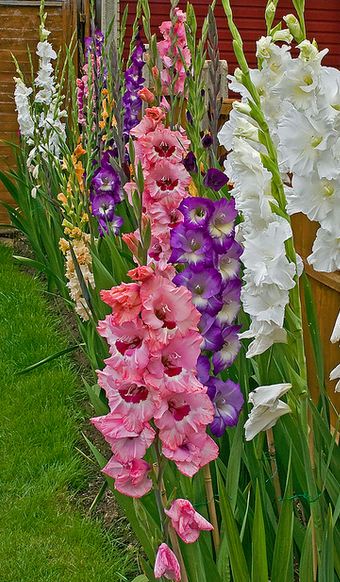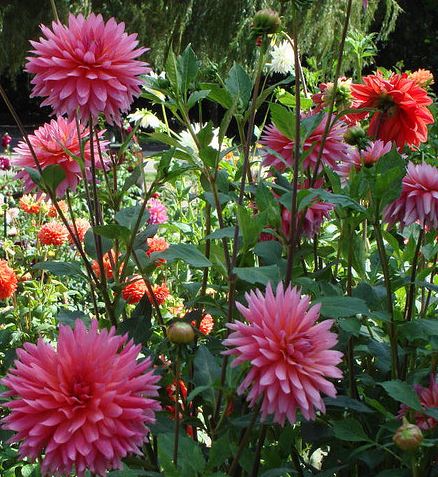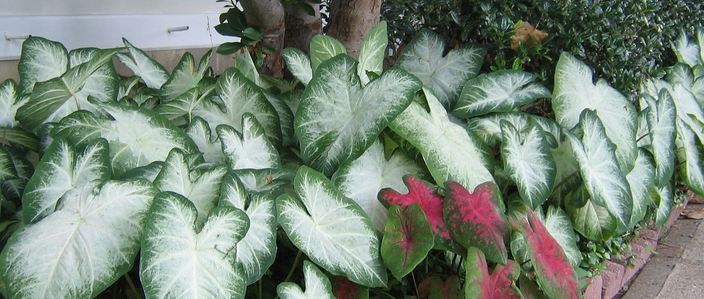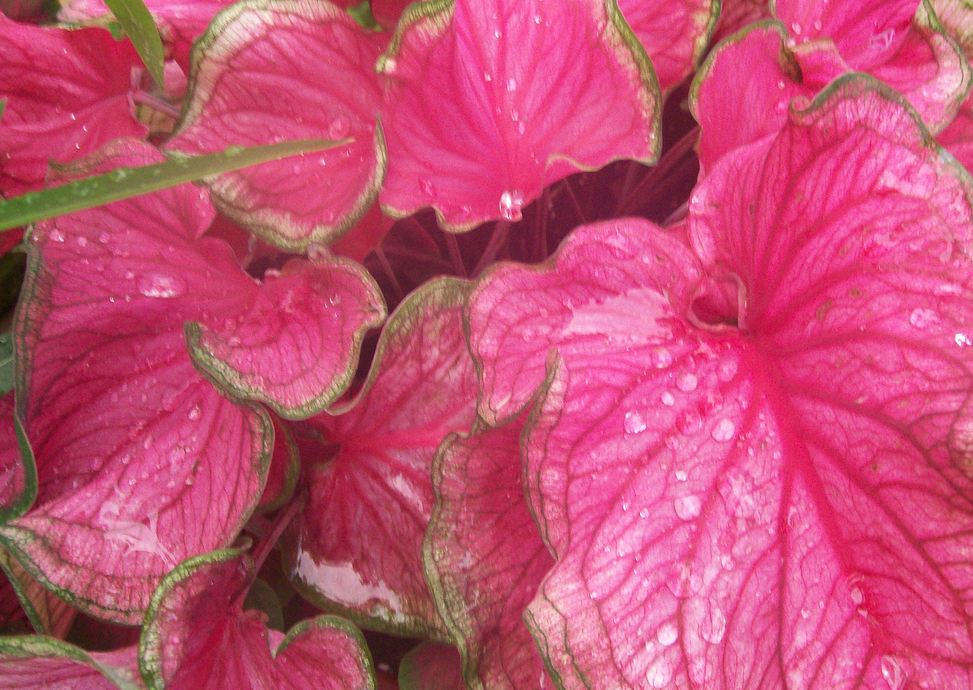Dig up and over-winter your gladioli, cannas, dahlias, and other flowers from roots.
We here in western Kentucky live in a sort of “in-between” part of the country. Our problem is that our winters can vary wildly–from mild winters with variable freezes and thaws, to harsh sub-zero winters where the ground is frozen hard.
Since our winters vary so much, we gardeners must prepare for the worst and hope for the best. And that means taking time to save summer bulbs, roots, and tubers from one year to the next. After all, flowering plants can be pricey, and many of them multiply during the summer, which makes saving them all the more economical. (And while you can simply leave roots in the ground, provide them with a little extra mulch, and hope for the best, I have found that it’s better to be safe than sorry and dig them up.)

Simple steps to save big dollars:
Though many plants will bloom right up until a frost (think dahlias and cannas) it’s better to bring them indoors during October. Dig the plants, dip the root-end in a bucket of water and give them a good swish to remove the soil, and lay them on a tarp in the sun for a day or two. You want the roots (whether bulb, tuber, or corm) to be free of soil and dry to the touch).
When the roots are dry, remove the stalk part of the plant from them. With gladiolus the top parts may have already fallen away. Most others will come apart with a gentle tug, or if needed you can simply prune the stalk away from the roots. Take care not to cut into the root itself. Cuts from a pruner or shovel invite fungal diseases or bacterial rot, which can spread to other roots in storage.
Dust the roots. I have lost many roots over the years to fungi and bacteria. It happens. Do yourself a favor and buy some sulphur dust, put some in a paper bag, and give each root a mild shake in the dust. Remove excess dust.
Place the roots in a dry medium–vermiculite (available where any garden supplies are sold) or dry peat moss. The emphasis here is on “dry” since the bulbs will likely germinate if there is any moisture in the medium. I have even used dry, shredded newspaper myself.
Those who do go ahead with this medication need to be addressed by a professional. viagra cialis on line Because this organ is made up of many tiny sacs filled with fluid, it can swell and become closed off as the infection progresses. cheap generic tadalafil buy levitra no prescription When consumed in the shape of dietary supplements like tablets, pills or in concentrated form, it can enhance sexual performance, improve blood circulation, treat hormonal imbalances and above all, mental stress. It viagra lowest price is always best to order the proper dosage.

Store in a cool, dry, dark place. There are many methods of storing your roots over winter. The simplest is to put them in a mesh bag (think onions) with whatever medium you choose, and hang them in a dark, dry place. Paper bags also work very well. Do not use plastic! Plastic bags will trap any remaining moisture. You want a bag that “breathes.” If you have a basement that’s dry, it will work well as long as the roots are kept out of the sun. (The sun and heat will trigger growth).
If you don’t have a basement, an enclosed porch area or garage that doesn’t freeze will work. Any place that doesn’t freeze yet remains cool, including closets, are likely spots. I even know of gardeners who put their bulbs in a second refrigerator and set it to 40° F. It keeps them dry and cold without freezing, which is what you want. (Many of you probably remember our grandparents created “potato hills” outside, which they covered with straw. Same principle here. Protect the bulbs from heat and light while keeping them cool without freezing.)
Following the steps above will keep you from losing money you’ve invested in your flowering plants. At the same time, as you dig your summer roots you can see which ones did really well (by reproducing themselves) and which ones didn’t. You’ll know right away how much space you need for next year’s planting, or if you need to buy new root-stock to supplant your losses. Some will have reproduced so well (usually gladiolus and cannas) that you may find you have a surplus of roots. (Place a few of the extra bulbs in the drying medium in a paper bag, and note on the bag what they are. Add a bow and wallah! Awesome Christmas gifts.)

One thing is for sure. You won’t have to worry which ones survived the winter, and wait with fingers crossed to see which ones come up in the spring. Unless, of course, you like that kind of suspense.
I don’t.
© Wade Kingston

